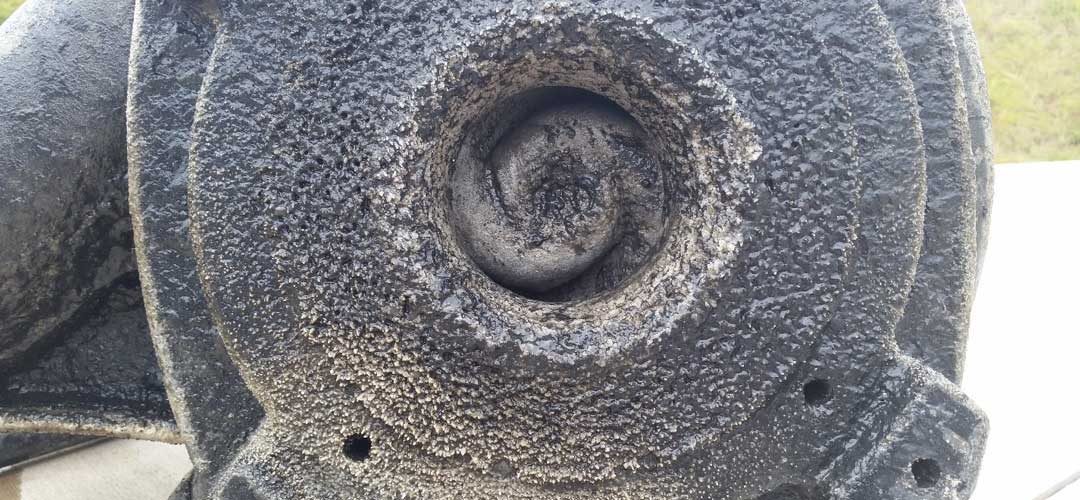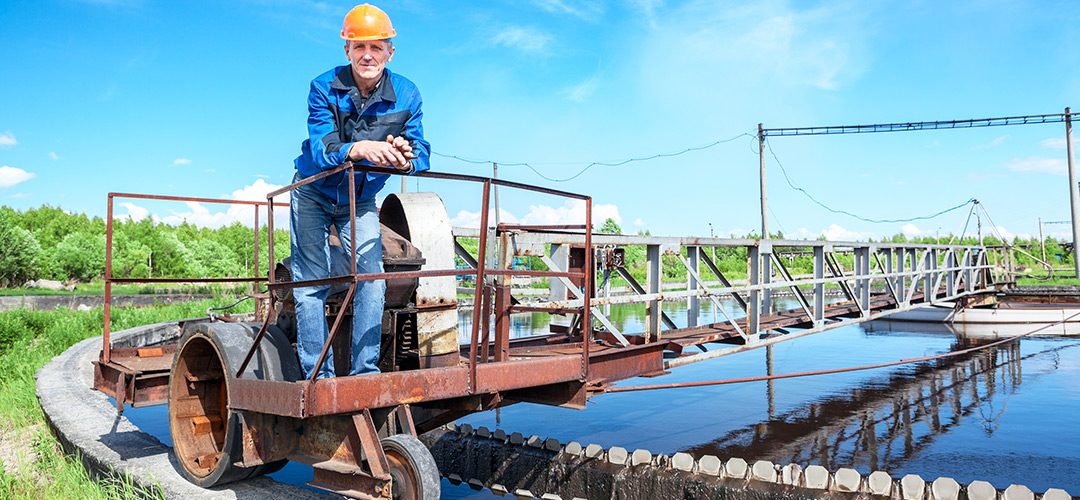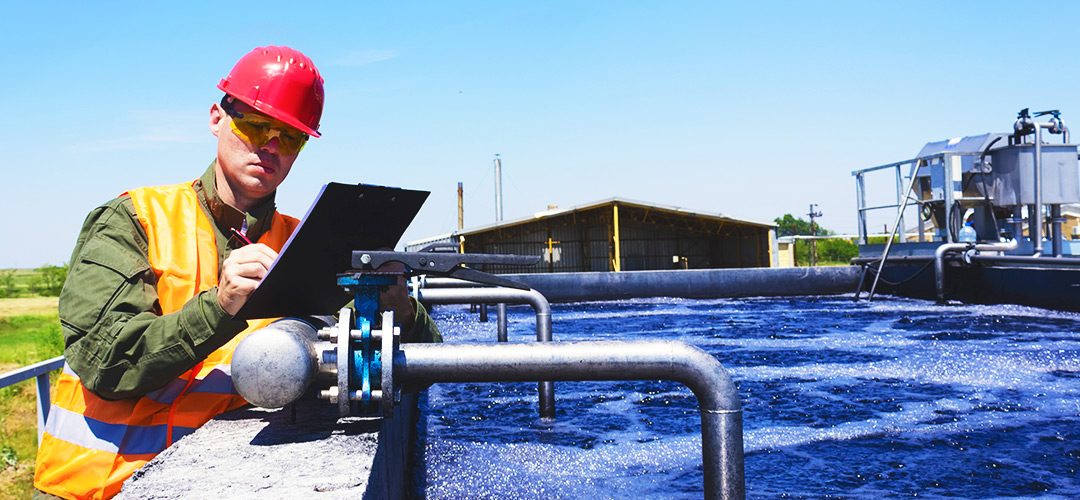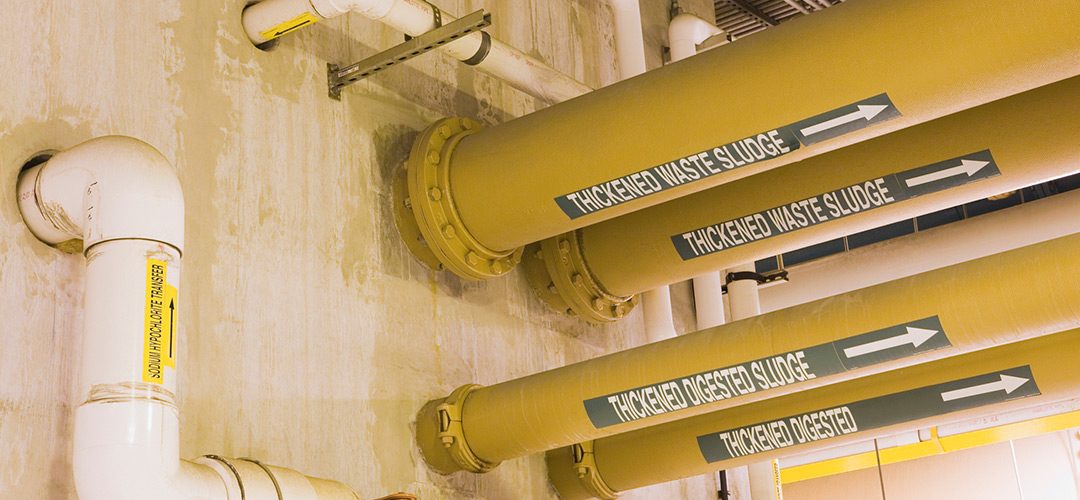
by | | Innovative Chemistry, Lanthanide Salt Chemistry, RE100, RE300, Wastewater Treatment, Water Treatment
Attraction and Bonding: What molar ratio really means for your phosphorus treatment. And why you should care. First, we get it. When someone mentions molar ratio, the vast majority of people, including wastewater treatment operators, grimace. Their eyes glaze over as...

by | | Innovative Chemistry, Lanthanide Salt Chemistry, RE100, RE300, Wastewater Treatment, Water Treatment
Struvite Control Struvite build-up causes major disruption to the operations of wastewater treatment plants, including time, labor and money on the maintenance of capital equipment. Neo’s NeoWaterFX300 solution prevents struvite build-up while it’s managing phosphorus...

by | | Innovative Chemistry, Lanthanide Salt Chemistry, Wastewater Treatment, Water Treatment
“I LOVE scrubbing weirs”, said no operator EVER! If you have phosphorus in your treatment plant (and who doesn’t?) you know that it can lead to algae growth, particularly in your clarifiers. Even if you treat with the traditional ferric or aluminum-based...

by | | Innovative Chemistry, Lanthanide Salt Chemistry, RE100, RE300, Wastewater Treatment, Water Treatment
Neo WaterFX300 (formerly RE300) is a rare earth-based coagulant for use in water treatment. It is mainly composed of the ionic forms of Cerium (Ce) but can contain other rare earths such as Lanthanum (La), Neodymium (Nd), and Praseodymium (Pr) among others. Neo...

by | | Innovative Chemistry, Lanthanide Salt Chemistry, RE300, Wastewater Treatment, Water Treatment, WaterFX
Is sludge disposal disposing of too much of your operating budget? A 2016 report1 prepared for the Vermont legislature, relying on national level EPA cost analysis, “estimated that approximately 40% of a WWTF’s total annual operating cost is spent on solids...








